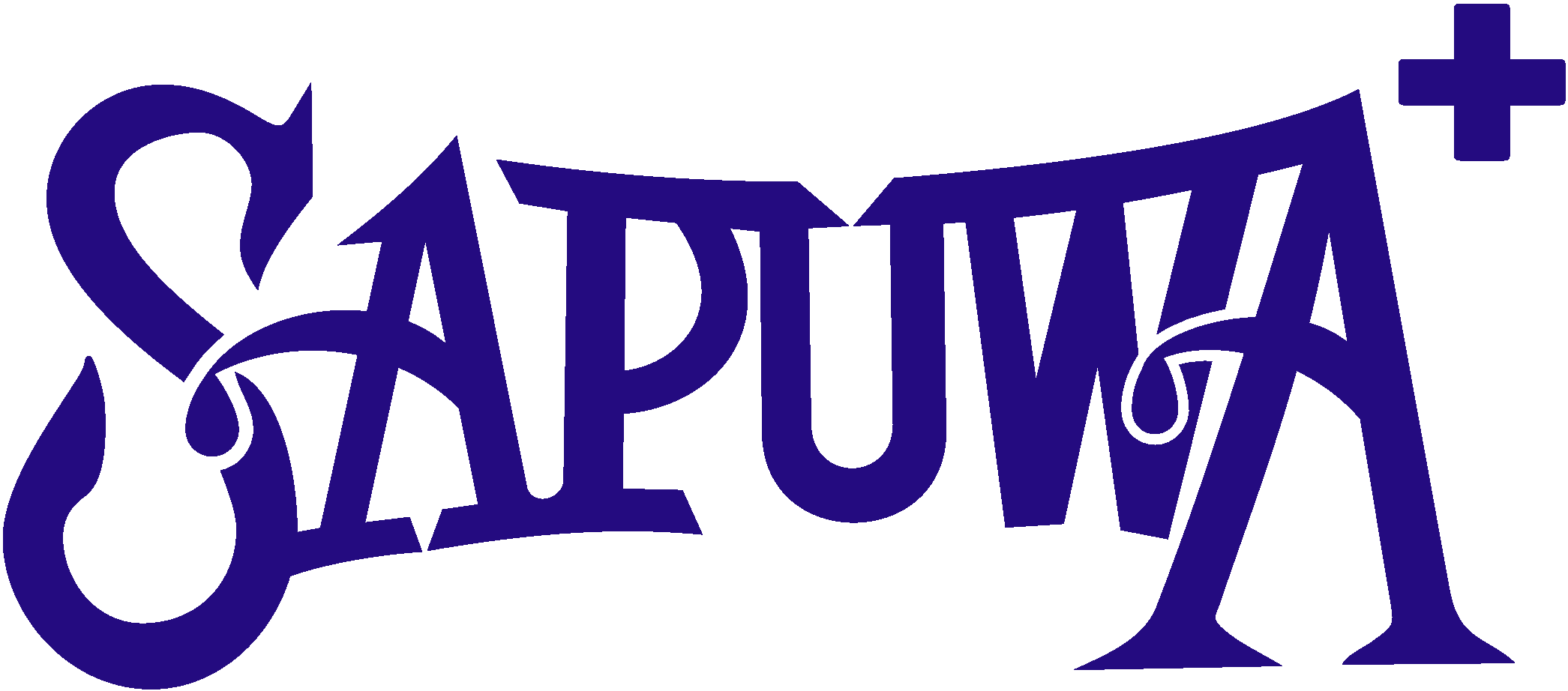THE TRUE COST OF BOTTLED WATER
In 2004, 150 billion liters of bottled water was marketed and forecasts predicted this amount would increase 10 percent every year. In 2010 manufacturers were expected to have sold 265 billion liters of bottled water.1The cost of providing bottled water is already having significant effects on the environment and the global population, especially in developing countries, and unless changes are made the situation will only grow worse.
Half of all bottled water produced is sold in Western Europe, which adds up to more than 100 liters per person every year. In areas where tap water is safe to drink the demand for bottled water is increasing, even when it is no healthier than tap water.
The cost of producing bottled water, when factoring in manufacturing, transport and packaging, can be a staggering 10,000 times more expensive than tap water.
The United States is the world’s leading consumer of bottled water and in 2004 Americans consumed 26 billion liters of water, a rise of 57 percent compared to five years earlier as shown below.
Bottled Water Consumption in Top Ten Countries, 1999 and 2004

Four organizations, including food and beverage companies, control 40 percent of the global market for bottled water. These companies are aggressively expanding around the world to gain market share and increase their profits. Half of their turnover from bottled water comes from selling water into emerging countries and some of the largest increases in consumption have come from these areas.2 Other countries, such as India and China, have experienced significant increases in total consumption due to their large and growing populations.
In America 94 percent of bottled water is produced domestically, however, the United States still imports water from as far away as Fiji because of the demand for exotic bottled water.3 Luxury bottled water is extremely expensive and demand is increasing and the manufacturers expect long-term growth. By comparison, the production of cheap, purified bottled water for people without access to running water is less certain.
Studies have shown that consumers associated bottled water with healthy living, but it has no marked health benefits compared to tap water. Almost 40 percent of bottled water begins as tap water and the only differences are added minerals which do not improve health, and in some cases, may be dangerous if consumed in large quantities.4
The true cost of bottled water is significantly higher than many realize as it includes the amount of fossil fuels consumed in the manufacturing, packaging, transportation, disposal and recycling.
Nearly 25 percent of all bottled water crosses national borders to reach customers and the distance is usually much further for luxury brands. Fuel is also consumed in the packaging as a commonly used plastic for bottles is derived from crude oil. In 2004, in the Unites States, 40 percent of all water bottles deposited for recycling were exported, adding to the transportation costs after the product is consumed.
In some countries bottled water is a necessary supplement when the local infrastructure is insufficient to supply clean water or an area is affected by severe water shortages. However, the increasing demand for bottled water and the manufacturing process is placing additional strain on local ecosystems. In the Indian state of Kerala a factory extracts 1.5 million liters of water from the ground every day and many wells used by the local population have now run dry.5
Clean drinking water is essential for healthy living, but the manufacture of bottled water will not create a sustainable water supply for those who need it most in developing countries. Developing water treatment and sanitation systems, rainwater harvesting and digging new wells can create more affordable sources of water in the long term.
The United Nations Millennium Development Goal for environmental sustainability is to halve the number of people who do not have sustainable access to safe drinking water by 2015. In order to meet this goal it requires doubling the $15 billion a year the world currently spends on water supply and sanitation. While this amount seems large, it is relatively small in comparison to the estimated $100 billion spent each year on bottled water.
Source: everylittledrop.com.au
Collected by Nhu Vu SAPUWA
Relative post
- The secret to staying hydrated when traveling for a complete trip
- What should women over 30 drink to have beautiful skin and a youthful figure?
- Where should you go on September 2 in Ho Chi Minh City - Top 10 extremely hot places today
- September 2nd, where should we travel to heal our souls?
- Explain what electrolyte disorders are and effective ways to prevent them
- Alkaline ionized cooking water does not reveal surprising benefits
- Electrolyzed water to treat atopic dermatitis takes advantage of natural power
- Ways to alkalize the body protect health and prevent disease
- 5 signs of excess acid in the body and effective ways to balance it
- The secret to drinking water properly after eating to protect your health
- Types of water you should and shouldn't drink at night for a good night's sleep
- The secret to making tea with alkaline ionized water is especially delicious








 0
0


